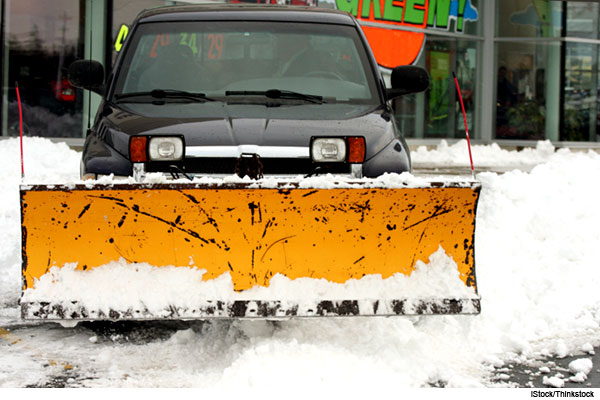Buildings protect us from the elements but, like people, are not immune to seasonal change.
Take action to help protect your commercial building from the effects of winter. Your efforts now will keep you and your customers more comfortable later.
Building Maintenance
- Remove leaves from gutters and drains, including roof drains, to ensure smooth water flow
- Inspect all drains to ensure there are no obstructions to help prevent ice dams or snow loading. Inspect and seal all building envelope and roof flashing penetrations to ensure water does not enter the building
- Ensure gutters and downspouts are securely attached and stable
- Clear debris from basement, below-grade and foundation drains, including parking lot storm drains
- Prune trees over roofs and clear brush from drainage ditches and reservoirs to provide unimpeded flow of water
- Have all heating equipment properly serviced before placing a heavy load at the start of the season. This includes boilers, furnaces, ovens and other heat-producing equipment.
- Inspect and test all carbon monoxide monitors and ensure they are properly placed
- Space heaters should be avoided, but if they are necessary, use only UL-labeled devices that include modern safety features.
Snow and ice removal and management
- Purchase shovels, ice melt and appropriate equipment prior to the first snowfall
- If you plan to have a contractor perform snow removal, obtain certificates of insurance every year and ensure formal contracts are in place with appropriate risk transfer provisions verified; establish clear operational guidelines and expectations
- Repair potholes and identify all curbs, hydrants and parking areas for snow plows
- Inspect exterior lighting to make sure it is sufficient for night-time snow removal and that lights are on during snow removal times
- Have snow throwers properly serviced before the start of the season
Prevent frozen pipes
- Turn off all irrigation systems and properly remove water from the lines to prevent freezing
- Seal all wall and attic pipe penetrations to prevent airflow around the opening
- Increase insulation in attics and basements where pipes run; consider temperature alarms with remote station monitoring in areas where temperatures may fall below 40 degrees
- In very cold areas, it is sufficient to allow sinks and outlets to drip to help prevent freezing if water cannot be turned off and drained
- Ensure all windows and doors are properly sealed, particularly those in unheated areas
- Wet sprinkler systems require the building temperature to be maintained to at least 40 degrees, and dry systems also require heat at the riser, which is the main valve where water comes into the building for the sprinkler system
This loss control information is advisory only. The author assumes no responsibility for management or control of loss control activities. Not all exposures are identified in this article. Contact your local, independent insurance agent for coverage advice and policy service.

